Fujifilm’s X100 series has long held a fond place in the hearts of photography enthusiasts and beginners — and more recently, TikTok users — and the new Fujifilm X100VI is no exception. Re-launched after a three-year hiatus, this camera builds on the strengths of its predecessors while offering decent upgrades to image and video quality for photographers looking for a premium shooting experience. Whether you’re a professional or an amateur, this camera is worth considering for those who value quality and stylish design.
While still pricey for an APS-C single-lens camera, the Fujifilm X100VI combines the image and touch of a dedicated camera with the convenience of a smartphone. If you’re willing to pay the price, it’s a fun and refreshing way to capture memories or improve your photography and videography. Check out my experience as a professional photographer using a smartphone instead of a camera.
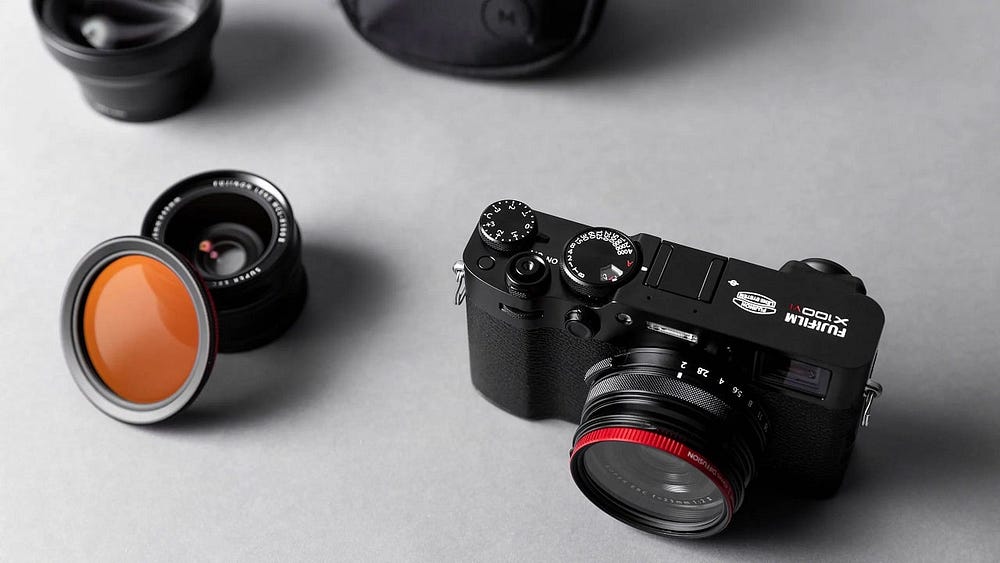
Price and availability
The Fujifilm X100VI costs $200 more than its predecessor, starting at $1,599.00 and available in either black or silver. The camera can be purchased at every major photo and video store, as well as online retailers like Best Buy. However, it’s all sold out, and there’s no word on when it’ll be available again; at the time of writing, it’s not available on Amazon.
Familiar design with same problems.
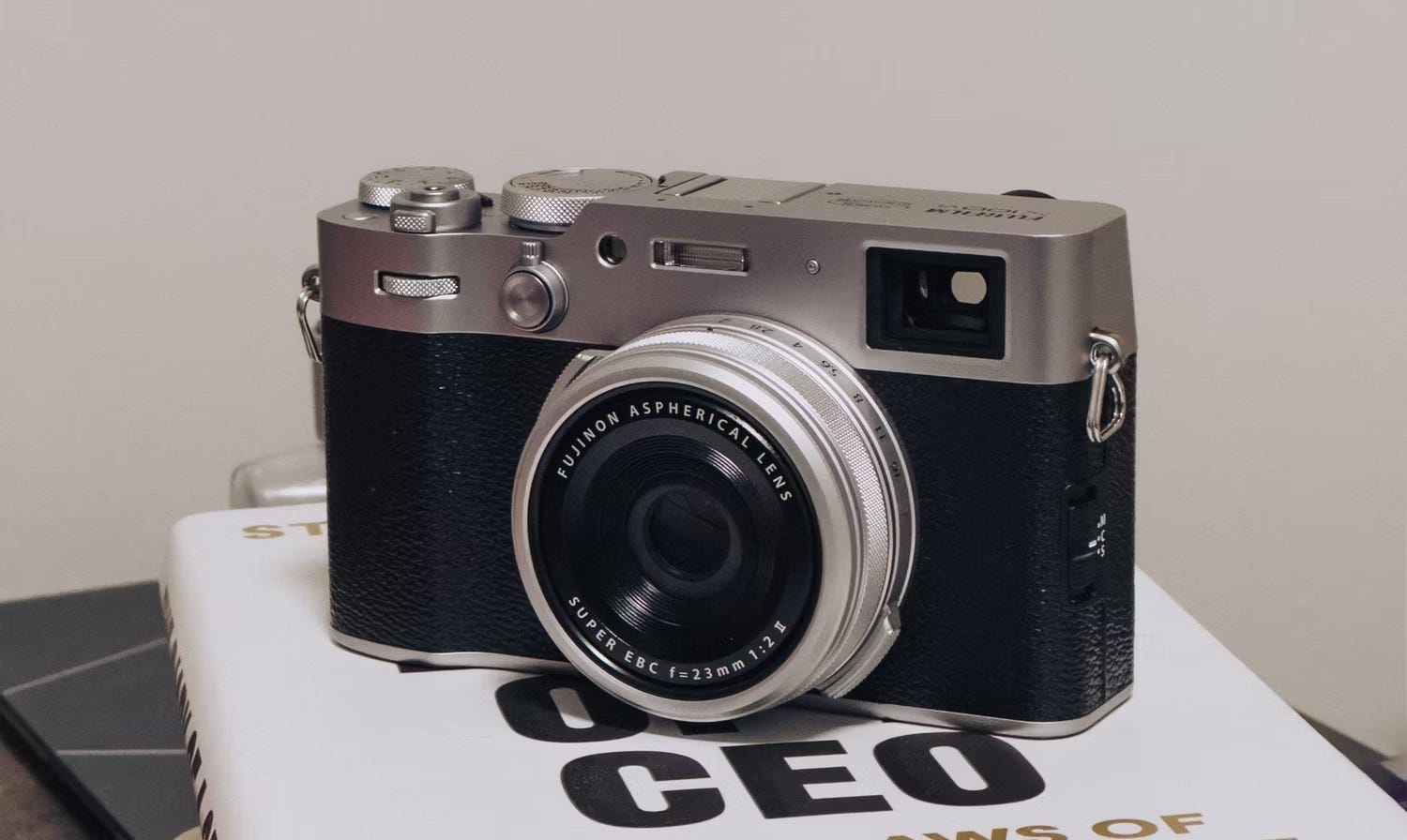
From a design perspective, the X100VI stays true to its roots. The changes are subtle; it’s a bit heavier and thicker than the X100V, but the overall aesthetic and layout remain consistent. There are distinct dedicated dials for adjusting shutter speed, ISO, and exposure compensation, and the tactile, intuitive controls found across all Fuji X100 series cameras are retained.
As a first-time user, what stood out most was the camera's small size — it was so small, with the right jacket, it could fit in a pocket when I was out with friends or walking around town.
Weighing in at just 521g with the battery, it didn’t feel much bigger than my phone, which is excellent. That’s not to say it felt unsturdy, though; it’s true to the X100 series aesthetic, with the metal and faux leather both having a very nice feel to them and making the camera feel as premium as its price suggests.
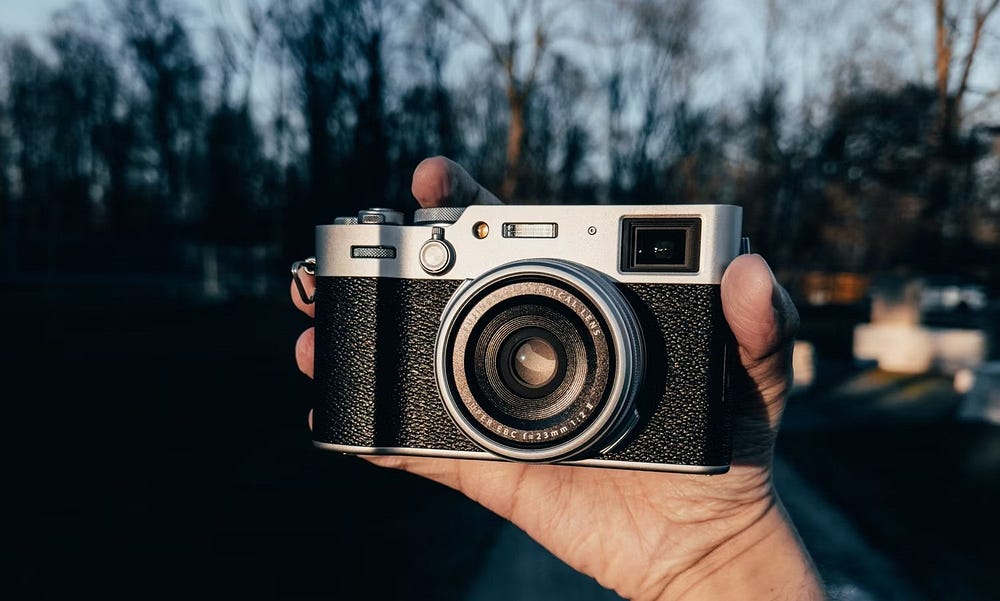
The most notable aspect of the X100VI’s design as a first-time user is how customizable the hardware is. Obviously, there are the shutter speed, ISO, and exposure dials, which are super convenient for adjusting on the fly when shooting on the street, but you also have access to at least three additional dials and levers, which act as buttons that you can assign to whatever setting you want; for example, I assigned one of the dials to switch between different film simulations.
Fuji has done a great job of keeping the X100VI as similar as possible to the X100V and its predecessors, but that does mean the X100VI comes with the same design flaws as those previous iterations. The screen is still not very clear, so shooting video and blogging is a pain. The grip is shallow, which means it’s sometimes difficult to hold comfortably.
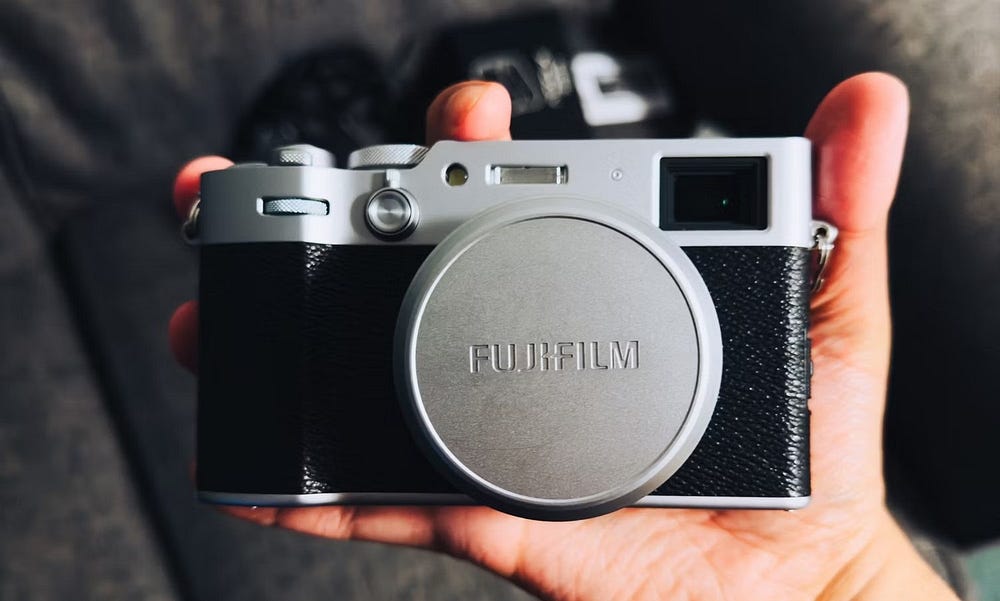
Such hurdles fade as you use the camera over time and get used to the experience. However, Fuji’s insistence on keeping the X100 line indistinguishable from generation to generation makes it difficult to justify not only the upgrade but also some of the fundamental flaws in the hardware that have been around for years.
Powerful 40MP Sensor

Let’s talk image quality. While the exterior may not look much different from previous X100 cameras, one of the most notable upgrades to the X100VI is the new 40MP sensor borrowed from Fujifilm’s X-T5. This sensor represents a huge leap in resolution and delivers incredibly sharp images without the noise issues that typically accompany higher megapixel counts on smaller sensors.
I don't have an X100V to compare the new X100VI to, but the new 40MP sensor should allow you to record 6.2K video at 30fps and 4K at 60fps; the improved resolution and frame rate make this compact camera a viable option for high-quality video.
When it comes to photos, the camera now has a larger sensor that allows it to capture better zoomed-in images, resulting in a higher resolution final product.
This is useful since the lens on the X100VI remains unchanged at a fixed focal length of 23mm with an aperture of F2, unless you opt for a Fuji telephoto lens adapter.
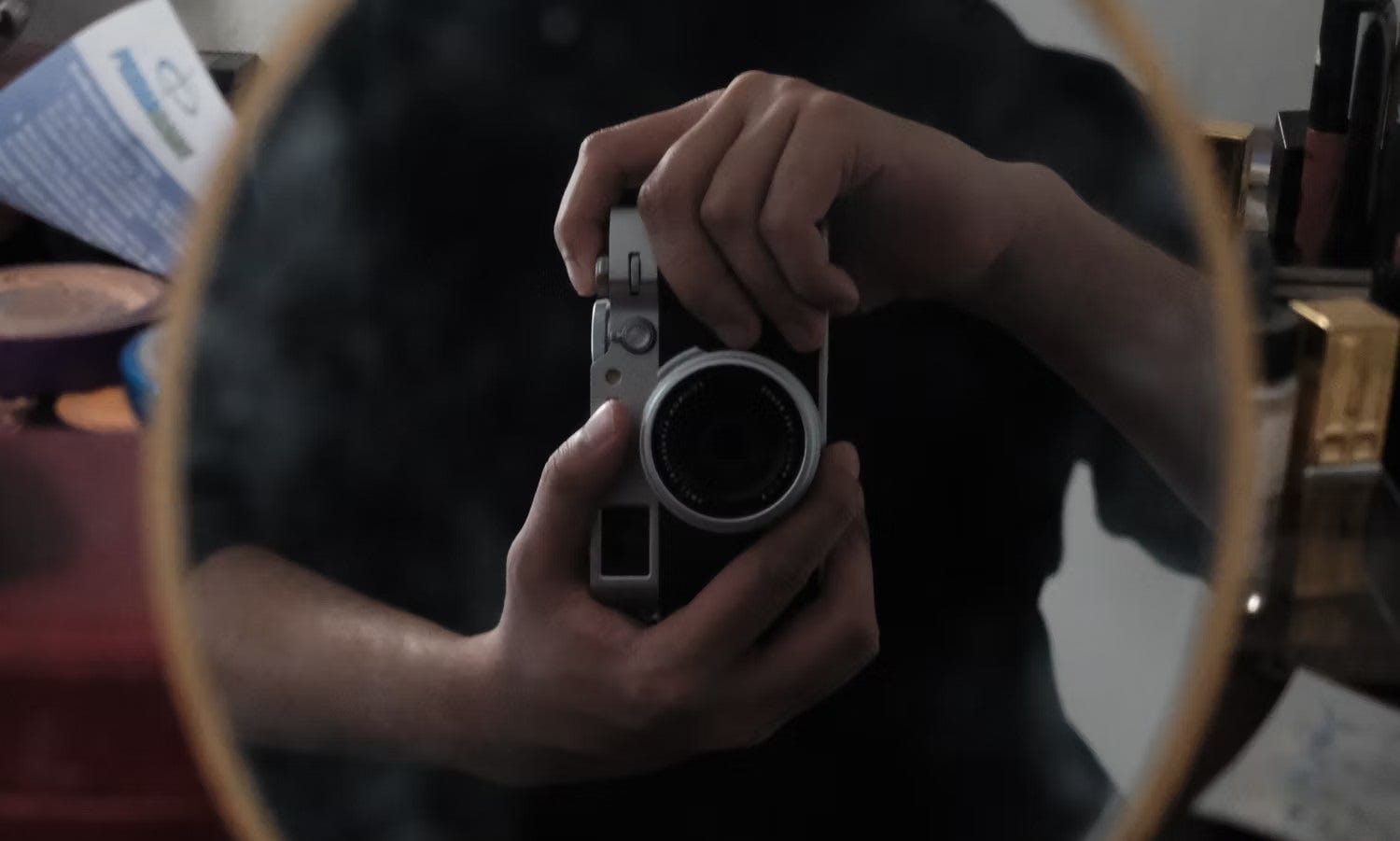
One of the weakest links in the camera is the autofocus. The X100VI’s new autofocus system is supposed to be faster and more accurate than its predecessor, but it’s clear that this camera doesn’t perform as well as a professional-level mirrorless camera.
In both photo and video mode, you'll notice that the camera tracks a lot, and it's a bit annoying when it does. It does a decent job with faraway subjects, but when you get closer, it becomes frustrating trying to focus with autofocus.
Even with people, the face and eye tracking works well, but it's definitely not as fast or smooth as other cameras, or even the iPhone, and I did encounter a few focus errors, though some of them resulted in great photos. Check out why I ignore conventional photography rules to take better photos with my phone.
Smartphone-like software experience
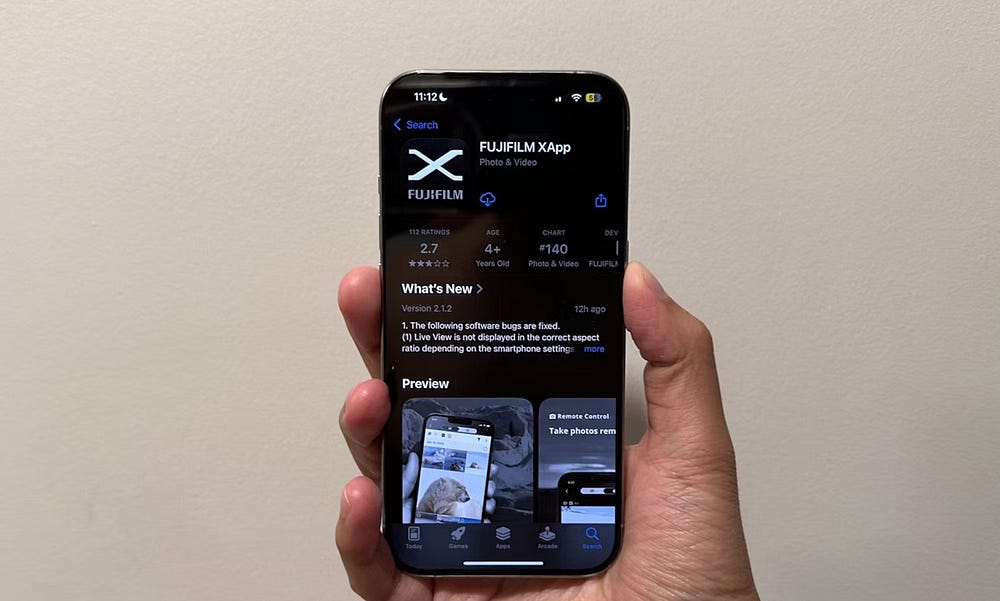
As with every new Fujifilm camera, the X100VI comes with the company’s popular Film Simulation, and honestly, this is one of the best parts of shooting with this camera. The X100VI comes with 20 Film Simulations, including a new REALA ACE preset that gives a warmer, sharper contrast tone to images, but it also has the standard popular simulations, including Classic Chrome, PRO Negative, and Classic Negative, which I spent most of my time using.

If you’re coming from a different system, or even your phone, you might be thinking, “Aren’t these film simulations just filters?” Well, sort of; the difference between what happens when Instagram puts a filter on your photo and what happens with photos on the X100VI is that the Instagram photo applies color adjustments and adjustments to the JPEG output, while the X100VI does it via the RAW output.
Essentially, this technology does what you would do with a RAW image in a photo editing app like Lightroom, but does it in-camera and outputs the final result as a JPEG with the adjustments included. The reason it looks so good is because the simulations are done by the same company that used to make the actual film stock itself. This means that the colors and depth of the images produced are the most authentic digital representations of how a given film stock would look if used in the same scenario with a film camera. Check out our Mirrorless vs DSLR vs Camcorder comparison: Which is better for shooting video?
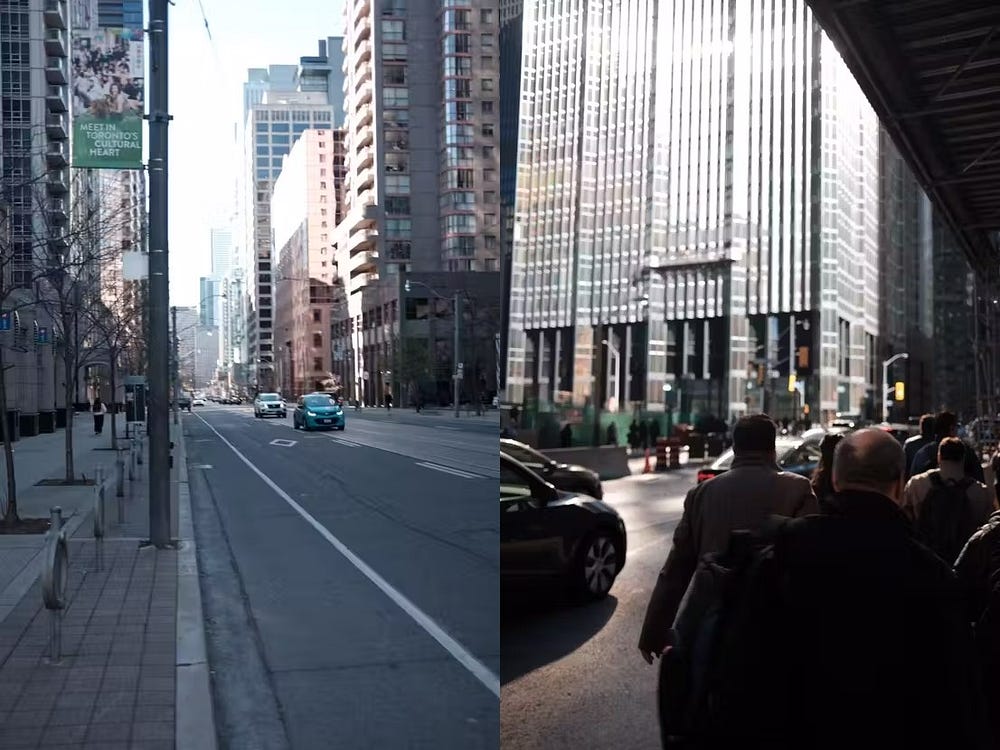
Using the film simulation is really simple. You can change it within the camera settings or set it on a dial to scroll through it easily, and the viewfinder will show a preview of how the film simulation will look while you're taking the picture.
Fujifilm claims you can take up to 450 shots per charge, but in my testing I shot exclusively at the highest quality RAW + JPEG, so this had a significant impact on battery life, capturing just over 200 shots, but I was still able to go most days without needing to charge.
Charging is super simple — just plug the camera in via USB-C and you’re good to go. It takes about 45 minutes to charge the camera to over 60% battery.
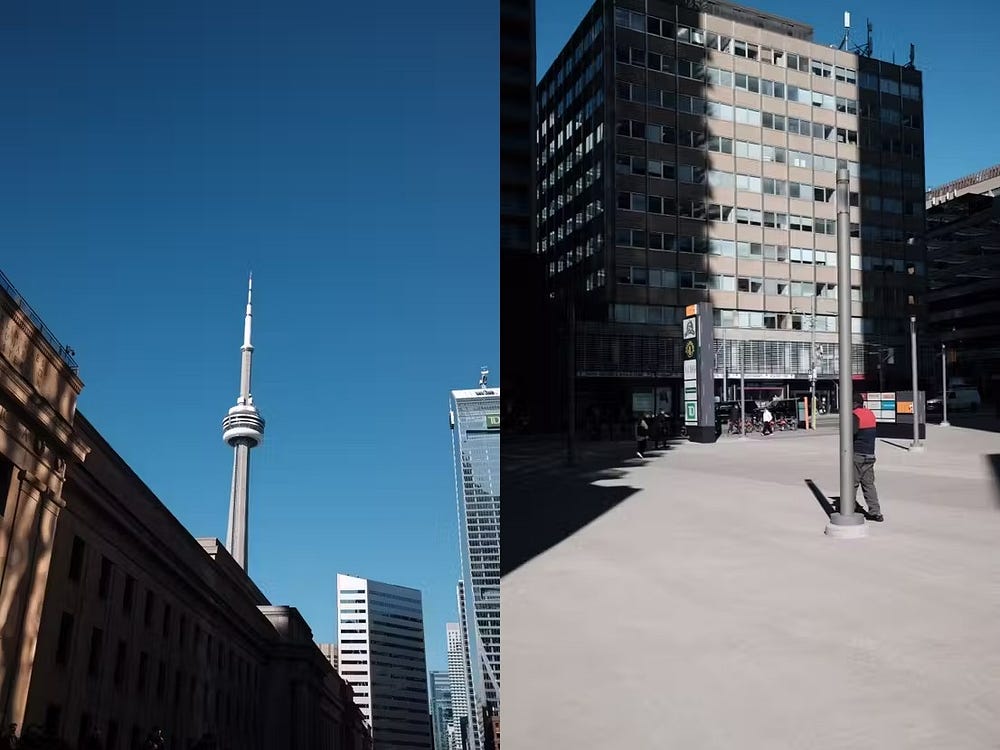
Of course, when it comes to transferring photos once you've taken them, that's smooth too. I used the app Fuji XApp Fuji's companion app lets you transfer photos from the camera to your phone wirelessly, and for the most part, it's pretty simple. You connect via Bluetooth, the camera sets up a Wi-Fi hotspot, and transfers the files directly to your gallery.
It's a little slower than just taking out the SD card and plugging it directly into my laptop, but it allows me to prepare JPEGs for social media sites faster than having to go through my laptop and then my phone.
Should you buy the Fujifilm X100VI?
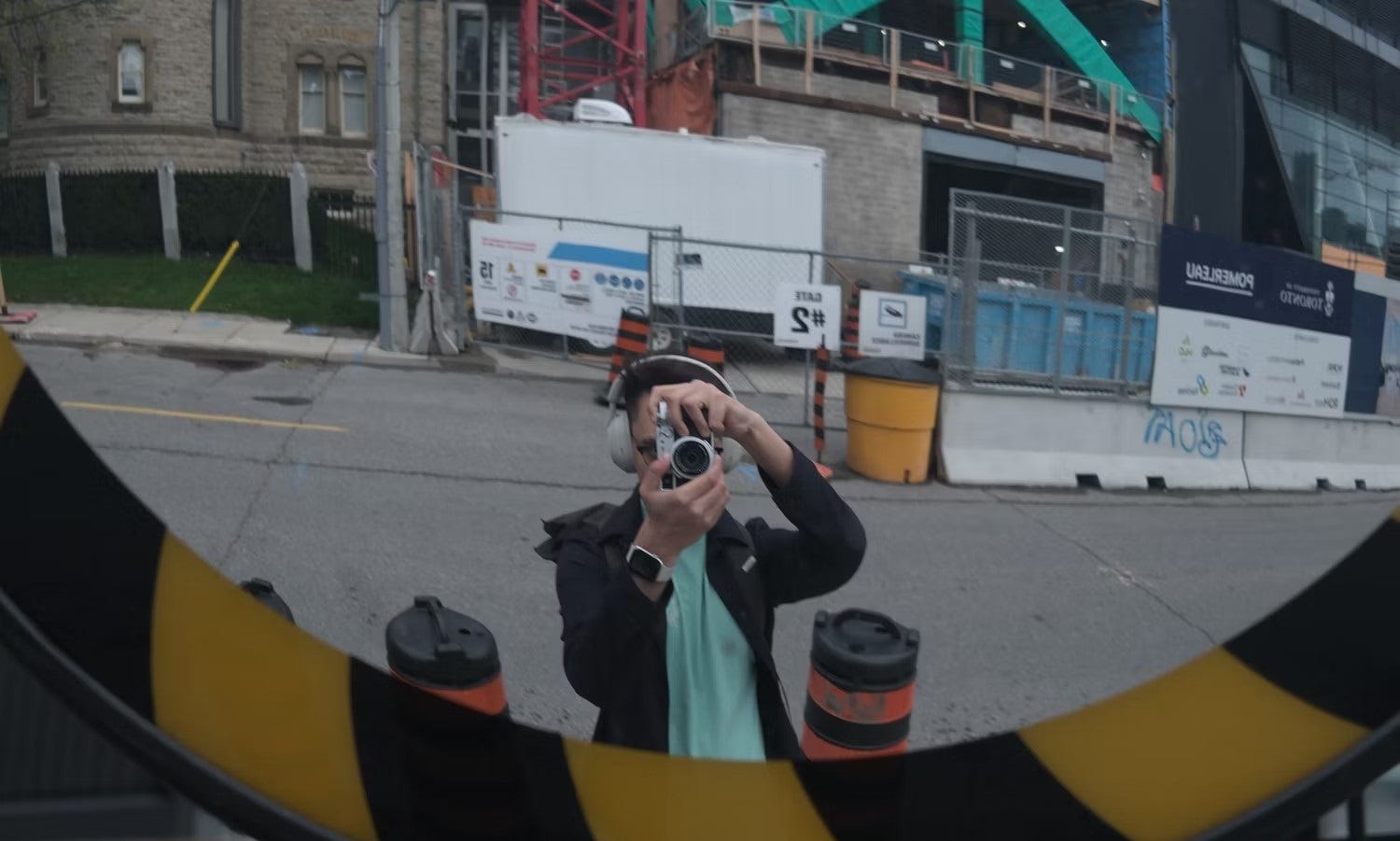
In general, the camera is Fujifilm X100VI A worthy successor to the X100V, it offers significant improvements in resolution while maintaining the series’ beloved design and usability. It’s an excellent, versatile camera that bridges the gap between high-end smartphones and professional mirrorless cameras, making it accessible to anyone regardless of their camera or photography experience.
However, the X100VI is expensive, and its popularity and resulting rarity means that getting one may require some patience. If you can secure one, you’ll find the X100VI to be a versatile and capable companion. Now you can see the most underrated photo editing effects you should be using.
Fujifilm X100VI
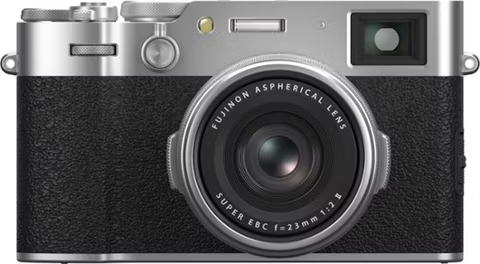
$2399 $2595 Save $196
The Fujifilm X100VI is a powerful successor to the X100V, now offering a significant increase in resolution thanks to its new 40MP sensor while maintaining the classic design and ease of use that fans of the series have come to love.
Despite its high price and some persistent design flaws, the X100VI offers a compelling mix of advanced features and ease of use, making it a versatile and capable camera for both enthusiasts and beginners.
trade mark: Fujifilm.
Sensor size: 40 megapixels.
Video resolution: 6.2K at 30fps, 4K at 60fps.
Picture Resolution: 40 megapixels.
the weight: 521 grams.
Lens: 28mm F2.
Battery: 450 shots per charge.
Connection: WIFI، Bluetooth، USB-C..
Water resistance: No.
Positives:
- Very small and lightweight.
- Film simulation is excellent for use during filming.
- Improved battery life.
- The new 40MP sensor delivers much better photos and videos.
Negatives:
- There are still no full details of the screen.
- It is difficult to set up autofocus.
- Expensive.
Buy this product
Fujifilm X100VI
Get IPTV Free Trial Now